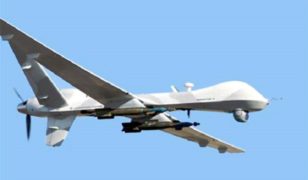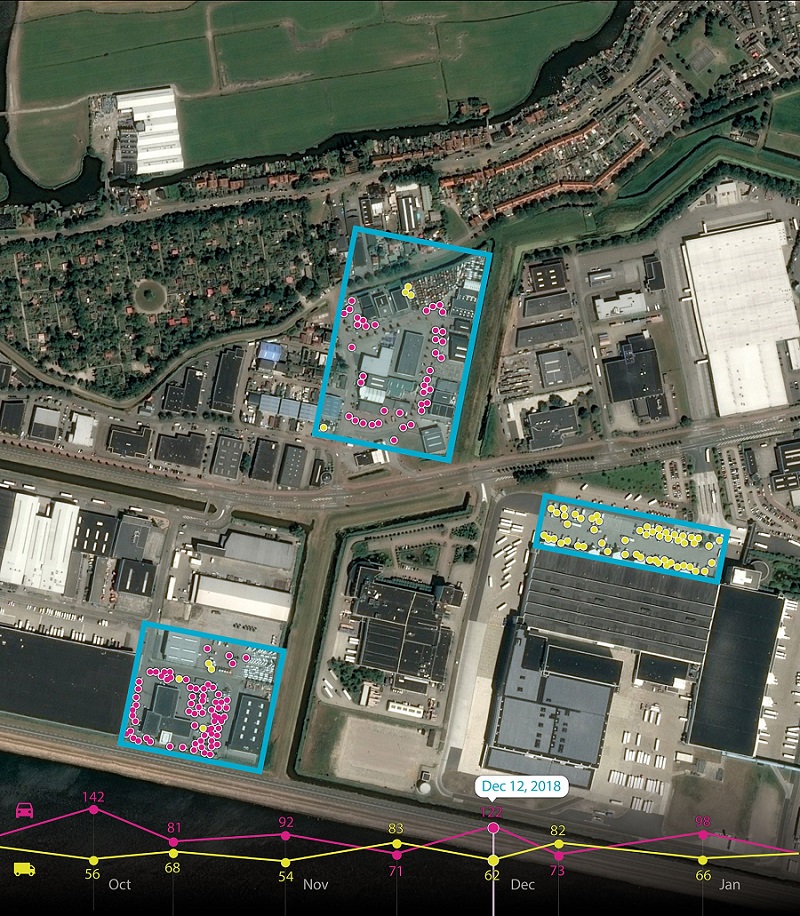IARPA releases RaDNAS RFI
 On July 21, the Intelligence Advanced Research Projects Activity (IARPA) released a request for information for Rapid Detection Nucleic Acid Signatures (RaDNAS) (IARPA-RFI-17-06). Responses to this RFI are due no later than 5:00 p.m., Eastern Time, on September 22.
On July 21, the Intelligence Advanced Research Projects Activity (IARPA) released a request for information for Rapid Detection Nucleic Acid Signatures (RaDNAS) (IARPA-RFI-17-06). Responses to this RFI are due no later than 5:00 p.m., Eastern Time, on September 22.
The Intelligence Advanced Research Projects Activity (IARPA) is seeking information on the use of nanopore sequencing for human identification and/or environmental pathogen characterization. This request for information (RFI) is issued solely for information gathering and planning purposes; this RFI does not constitute a formal solicitation for proposals. The following sections of this announcement contain details of the scope of technical efforts of interest, along with instructions for the submission of responses.
Background & Scope
DNA sequencing may be used to identify individuals for forensic or investigative purposes and to characterize organisms of concern, such as viruses and bacteria, for biosurveillance and biosecurity applications. While many next-generation sequencing methods are not feasible for field use, nanoporebased sequencing possesses desirable characteristics including label-free sample preparation, lower DNA quantity requirements, and the capacity for technology miniaturization. Long sequence reads of at least 50 kb generated by nanopore sequencing also allow for the resolution of complex or large loci for genotyping and profiling analysis. IARPA is interested in exploring nanopore-based approaches for DNA sequencing that include both benchtop and hand-held “sample-to-answer” device solutions for DNAbased identification and characterization. Specific areas of interest include:
-
Methods for preparation of unknown human or environmental samples for nanopore-based sequencing of specific loci
-
Multiplexed assays based on short tandem repeats (STR), single nucleotide polymorphisms (SNP), or other analysis type for accurate human identification and pathogen characterization
-
Methods to reduce nanopore sequencing base-calling error rates, such as machine learning, advanced statistical analyses, and modeling
-
Functionalization or modification of nanopores to optimize characteristics and performance for DNA profiling or pathogen characterization applications
-
Approaches for processing and analyzing raw sequence data for human identification and pathogen characterization (e.g., taxonomy, drug/treatment susceptibility, virulence, source attribution)
-
Approaches for processing and analyzing modified nucleobases, nucleobase analogues, and unnatural nucleobases
Full information is available here.
Source: FedBizOpps








